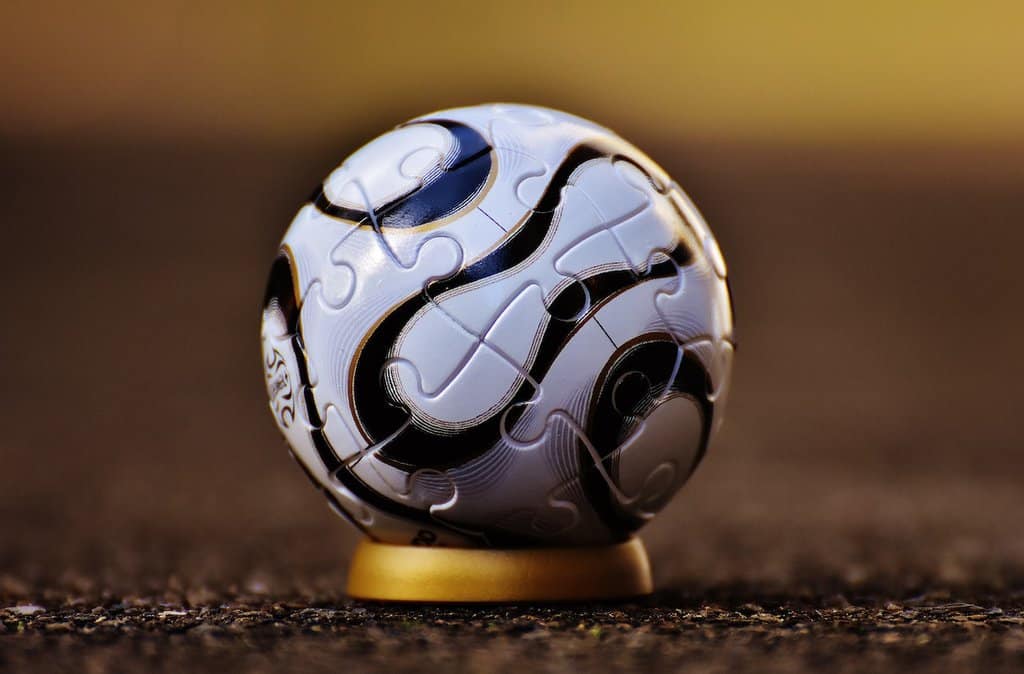An estimated 1.3 billion people (or one in six people worldwide) experience significant disability, according to the World Health Organization. With disability playing a major role in the lives of many, making accessibility a priority is essential in day-to-day life — including when out on the field. From the current adaptations out there to how coaches can endeavor to create a more accessible experience for everyone on the team, here’s what you should know.
The value of accessibility
According to Healthline, benefits of regular exercise include improving brain function and protecting memory, building/maintaining muscles and bones, to name just a few — not to mention the role that physical activity can play in benefiting mental health (such as by relieving stress). Aside from the general physical and mental health benefits involved, however, the United Nations points out the various benefits for those with disabilities who participate in sports, which include acquiring vital social skills, developing independence, and becoming “empowered to act as agents of change.” With that in mind, there are a variety of accessible sports out there. Individual accessible sports, for example, include adaptive swimming, para-cycling, and even archery. Accessible team sports are also abundant — from wheelchair rugby to basketball, deaf basketball, sit volleyball, and wheelchair tennis. While this highlights the vast array of options for disabled athletes, those looking to get out on the soccer field will also find no shortage of adaptations.
The role of adaptations
In terms of accessibility, it’s important to recognize the fact that soccer players who experience disability may require a range of adaptations — from simply making the ball more visible for low-vision players to power soccer to the use of specialized equipment for others. In regard to power soccer athletes, which caters to individuals who use wheelchairs, one CBS article highlights Minnesota United FC’s power soccer team — which recently returned from their first wheelchair soccer tournament on the road. The article explains that players on the power soccer team don’t use their typical power wheelchairs to play, underlining how accessible the sport can be. “Power soccer athletes use these Strike Force chairs, which have metal guards attached to the front here. And then they actually move faster than a regular power wheelchair as well,” says coach Katie Kensy, who goes on to explain that the chairs allow for the athletes to dribble and pass/shoot the ball.
The U.S. Association of Blind Athletes (USABA) also highlights the accessibility of soccer, noting that blind soccer is played in 60 countries and has become “the fastest-growing Paralympic sport in the world.” The USABA post goes on to explain how the game works, noting that blind soccer teams are made up of four outfield players and one goalkeeper. “Outfield players are visually impaired which means they are completely blind, have very low visual acuity, and/or no light perception, whilst the goalkeeper must be sighted or partially sighted.” The post further goes on to say that all outfield players must wear eyeshades, which ensures fair competition, while teams are also able to have off-field guides to assist them. Players also use vocal cues to prevent injury, while a sound system located inside the ball helps players orient themselves, thus highlighting a few key ways in which accessibility is implemented.
Working towards a more accessible future
Although a variety of adaptations exist in soccer, it’s necessary to realize the reasons as to why many disabled young people aren’t out on the field. While lack of motivation/desire to play a sport may be a factor for some, issues like unwelcoming staff/sports clubs or discrimination may play a role. With that in mind, creating a more accessible and welcoming environment for all players is essential, and can be achieved by any coach/team out there.
Endeavoring to make the experience accessible to everyone on the team can be a challenge for those who don’t know where to start. One TrueSport article highlights a few key ways in which coaches of any sport can work to make a positive difference, pointing out that universal design and minimum adaptation can help make a difference. For instance, it’s noted that coaches can create a sport program via universal design by planning ahead of time while also considering all abilities and needs (which can be as simple as offering alternatives). In regard to minimum adaptation, the TrueSport post notes that coaches should promote independence with their teams “by utilizing only the necessary minimum adaptations when working with athletes with disabilities,” which works to help athletes feel more involved in the process. With that in mind, however, proper communication should also be exercised, as asking beforing making a modification (and reassessing over time) will help ensure a comfortable environment for athletes.
For athletes who experience disability, ensuring that the field is as accessible as possible is essential in ensuring everyone on the team is able to play. While a variety of adaptations are out there, there are a variety of ways in which improvement can be made on a team-to-team basis

